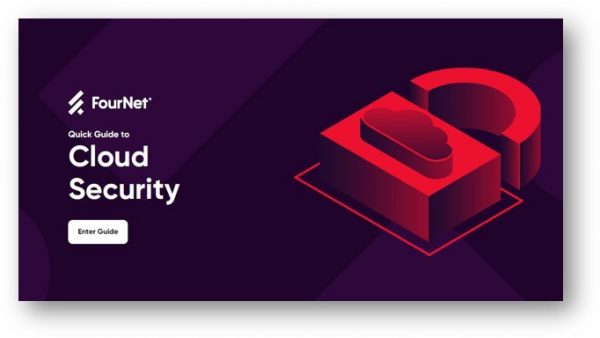The adoption of Cloud services has been massive, and the benefits of robust cloud solutions can be significant. Simplifying management, running the latest technology, improvements in security over traditional on-premises applications and the ability to quickly scale and deploy new resources. However, Whilst we offer an award-winning secure cloud solution, not all clouds are made equal, and considerations need to be made when considering a move around the security elements.
Cloud computing was cited as the number two priority in importance in 2022. This has seen security professionals adopting a new focus on security, as security and risk management have become a number one priority for organisations.
To keep data secure, it is important to be aware of common misconfigurations and how to avoid them.
Common Misconfigurations
Some common examples of misconfigurations include:
- Exposed credentials in public repositories
- Insecure resource access controls
- Publicly accessible storage buckets
- Misconfigured network security groups
- Insecure application and server configurations
While these are only a few examples, they are some of the most common ways that hackers gain access to systems. To avoid becoming a victim of a data breach, it is important to have measures in place to detect and prevent these kinds of vulnerabilities or ensure that your cloud solution delivers the right levels of security to combat the threats.
Preventing vulnerabilities
There are several steps that can be taken to prevent common misconfigurations. First, it is important to have a strong policy in place regarding who has access to what resources. Second, establish controls to ensure that only authorised users can access sensitive data. Third, encrypt all data both in transit and at rest. Fourth, configure logging and monitoring to help identify any suspicious activity. And finally, make sure to regularly test your system for vulnerabilities.
Another potential security risk is making resources publicly accessible without proper authentication and authorisation controls in place. This could allow anyone on the internet to access sensitive data or make changes to your resources.
To mitigate this risk, you should always ensure that all of your cloud resources are properly secured with authentication and authorisation controls. You should also consider using a VPN or other encryption methods to further protect your data.
Securing cloud services is critical to delivering robust cyber defences and critical to keeping data out of the hands of hackers or other malicious actors. Implementing the right solutions, processes and policies can greatly help deliver an effective cybersecurity strategy.
In our Quick Guide to Cloud Security, you can get more insight into the challenges and steps you can take to secure your cloud environment.
